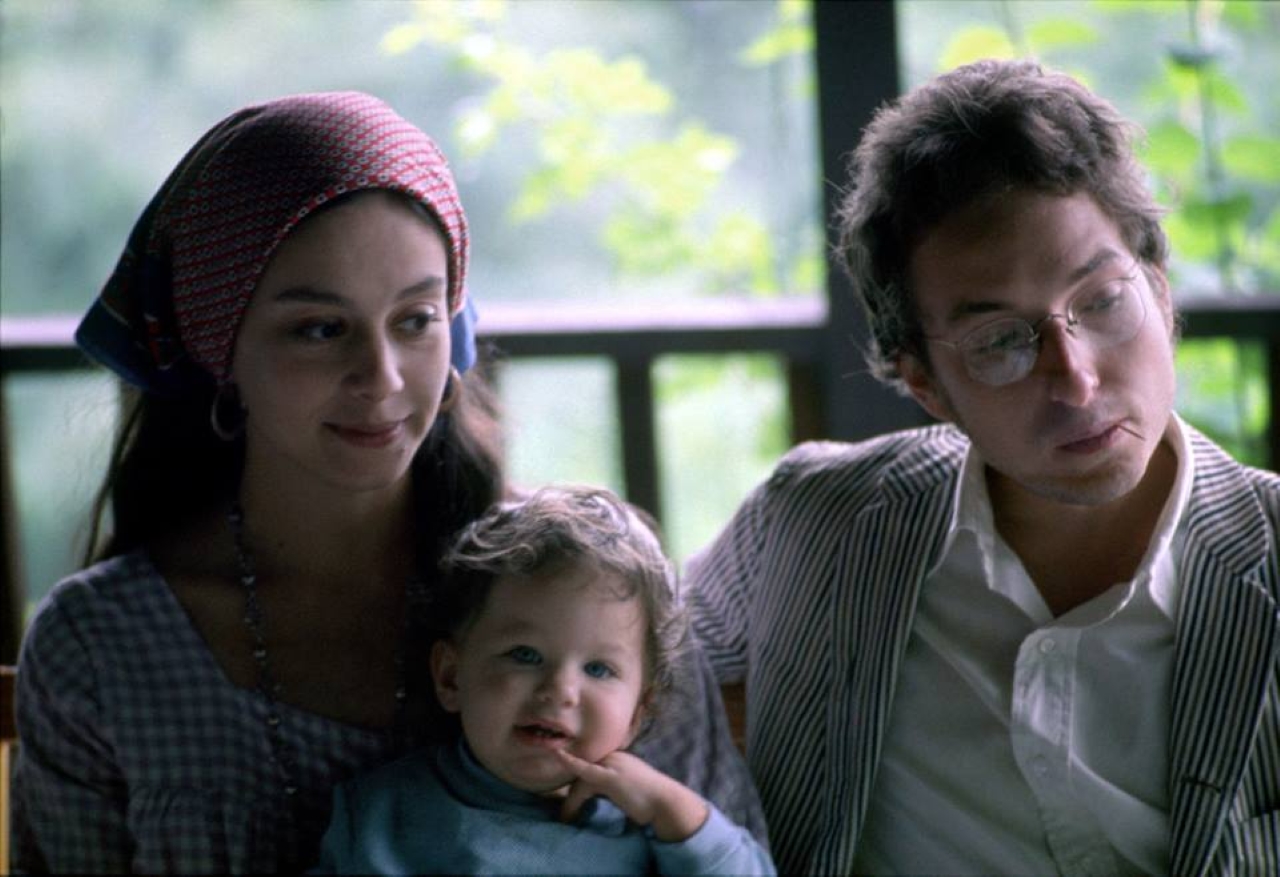🌑 A Man Alone With His Words
By 1975, Bob Dylan was no stranger to heartbreak, but nothing quite mirrored the quiet devastation of “If You See Her, Say Hello.” Tucked inside the critically acclaimed Blood on the Tracks album, this track wasn’t loud with grief—it whispered it. It didn’t shout “loss,” it sighed it, line by trembling line.
Dylan never publicly confirmed that the song was about Sara Lownds, his wife of 12 years, but fans, friends, and even his own son would later describe Blood on the Tracks as “his parents talking.” Because by the time this album was completed, Dylan’s marriage was coming apart. And like many men who can’t say what they feel in conversation, he turned to what he knew best: songwriting.

💔 The Love That Shaped a Generation
Sara wasn’t just his muse—she was his anchor during a time when fame could have consumed him. Their love story began quietly in the mid-60s, away from cameras, tabloids, and protest marches. In her, Dylan seemed to find a rare stillness. Songs like “Sad Eyed Lady of the Lowlands” were sprawling odes to her. She bore his children, stood by him during the motorcycle crash recovery, and weathered the storm of being married to a living legend.
But somewhere along the line, life frayed their bond. Affairs. Distance. The growing shadow of Bob Dylan’s myth eclipsing Bob Dylan the man. Their breakup wasn’t public at first—but it was painfully real in his music.
🎙 “If You See Her, Say Hello” – A Farewell in Disguise
The beauty of “If You See Her, Say Hello” lies in its restraint. There are no accusations. No bitterness. Just the image of a man looking back, haunted by a memory he can’t touch anymore. The lyrics slip between time zones—sometimes speaking from the past, sometimes the painful present:
“If you’re makin’ love to her, kiss her for the kid
Who always has respected her for doin’ what she did.”
It’s a rare moment of vulnerability in Dylan’s catalog, one where the word “respect” carries the weight of a thousand regrets. The line doesn’t hide jealousy—it accepts the other man, but mourns the lost family, the childlike love, the domestic calm that’s gone.
🔥 An Album That Nearly Didn’t Happen
Ironically, Dylan almost didn’t release Blood on the Tracks in its final form. After recording the album in New York, he second-guessed himself. Maybe it was too raw. Maybe too revealing. He re-recorded several songs in Minnesota at the urging of his brother. But “If You See Her, Say Hello” survived, one of the few that bled straight from the original sessions.
And while critics praised the album’s craftsmanship, longtime Dylan listeners knew they were witnessing something deeper. This wasn’t just a songwriter writing about fictional characters—it was Bob Dylan writing through pain, not around it.
🕯 Post-Sara Years – Echoes of What Was Lost
Dylan and Sara officially divorced in 1977. He never really spoke of her again in public. But the women in his later songs never had quite the same weight, the same gravity. There was a ghost in the room now, and her name was Sara.
Years later, Dylan would return to “If You See Her, Say Hello” in live performances—but with altered lyrics, a darker tone. The song had changed because he had changed. The tenderness hardened, the acceptance turned into a scar. That, too, is part of grief—the way it evolves without warning.
🌹 A Love That Lingered in Silence
What makes “If You See Her, Say Hello” so devastating is not just that it’s about losing someone. It’s that it’s about still loving them—quietly, from afar, without asking for anything in return.
Dylan once said that Blood on the Tracks wasn’t about one relationship, but “about people’s relationships.” Maybe. But for millions who listened, and for those who read between the lines, it was always about one relationship—his with Sara.
And perhaps that’s why the song endures. Because it doesn’t ask to be understood. It just asks… if you see her, say hello.